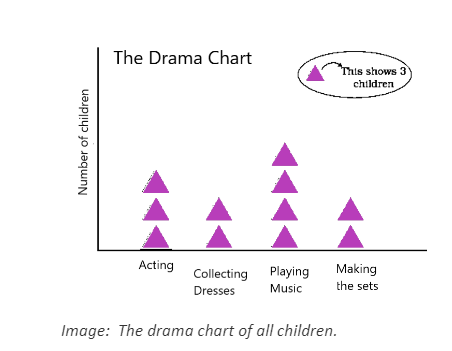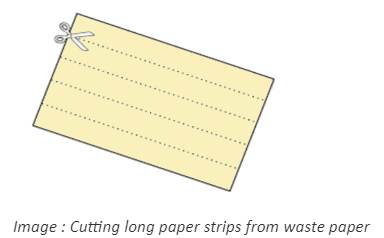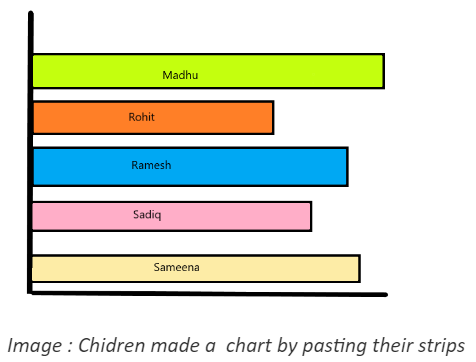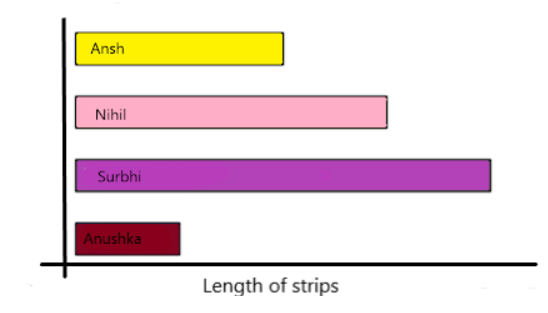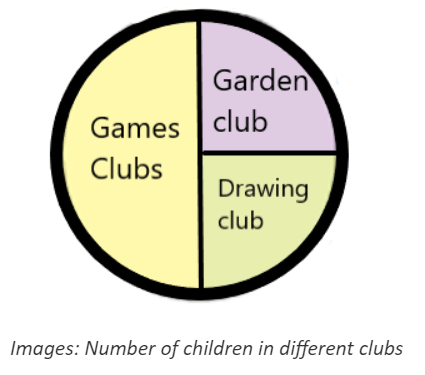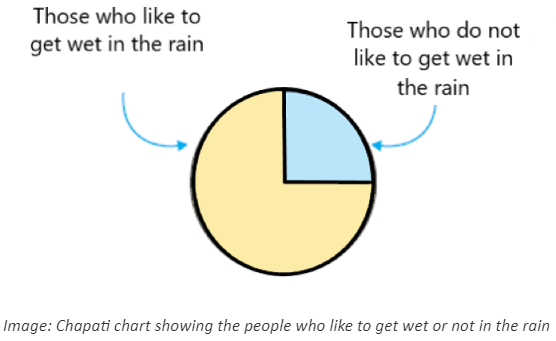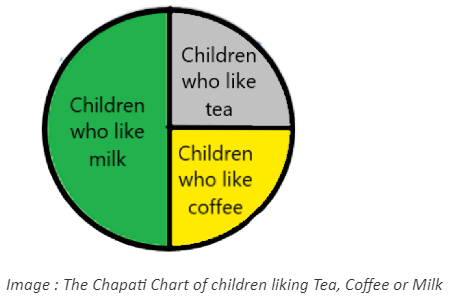Smart Charts - Exercise-wise Questions and Answers For Class 4 Maths - Free PDF Download
FAQs on NCERT Solutions For Class 4 Maths Chapter 14 Smart Charts - 2025-26
1. What are NCERT Solutions for Class 4 Maths Chapter 14 Smart Charts?
NCERT Solutions for Class 4 Maths Chapter 14 Smart Charts provide step-by-step answers to all questions in the 'Smart Charts' chapter, following the CBSE 2025–26 syllabus. They help students learn how to handle, organize, and represent data using tables, bar graphs, and pie charts.
2. How do you solve questions on bar graphs in Class 4 Maths Chapter 14?
To solve bar graph questions in Class 4 Maths Chapter 14, follow these steps:
- Read the question and identify what data is represented.
- Examine the axes: the x-axis usually shows categories (like fruits), and the y-axis shows numbers.
- Look at the height of each bar to find the value for that category.
- Answer based on the bar heights and the question asked.
3. What is a frequency distribution table as per NCERT Solutions for Class 4 Maths Chapter 14?
A frequency distribution table helps organize data by showing how many times each value occurs. For example, it can display how many children like each type of food or program. It makes large data sets easier to interpret.
4. How does data handling help in real life according to Class 4 Maths Chapter 14?
Data handling helps in real life by allowing us to collect and organize information for better decision-making. For example, keeping track of time spent watching TV, students’ performance in class, or recording household expenses.
5. Why is observation important in data handling in Smart Charts (Class 4 Maths Chapter 14)?
Observation ensures that the data collected is accurate and complete. In Smart Charts, careful observation means you won’t miss important details, leading to correct recording and better analysis of information as per NCERT guidelines.
6. What is the difference between a bar graph and a pie chart in Class 4 Maths Chapter 14?
- Bar graph: Uses rectangular bars of equal width; the length shows the value. Best for comparing numbers across categories.
- Pie chart: A circular chart divided into slices, each representing a part of the whole. Ideal for showing proportion or percentages.
7. How does Class 4 Maths Chapter 14 help in building foundational math skills?
Chapter 14 develops critical skills such as organizing, classifying, and interpreting data. These foundational skills are essential for understanding more advanced math topics in future classes, supporting logical and analytical thinking.
8. What common mistakes should be avoided while solving NCERT Solutions for Smart Charts?
Common mistakes to avoid:
- Misreading data from charts or graphs.
- Not checking labels and units on axes.
- Incorrectly grouping or counting items in frequency tables.
- Assuming proportions without calculating.
9. How can NCERT Solutions for Class 4 Maths Chapter 14 enhance exam preparation?
These solutions align with CBSE 2025–26 patterns and provide detailed, accurate answers. Using them helps students:
- Practice step-wise problem solving.
- Understand marking scheme expectations.
- Address common exam questions and improve confidence.
10. In Smart Charts, what is the importance of summarising data after collection?
Summarising data helps students quickly identify patterns, spot trends, and draw simple conclusions, simplifying further analysis as taught in Class 4 Maths Chapter 14 NCERT Solutions.
11. What kinds of questions are solved using NCERT Solutions for Class 4 Maths Chapter 14?
The solutions cover questions such as:
- Reading and interpreting data from tables.
- Drawing and analysing bar graphs and pie charts.
- Answering questions on data collection, organization, and representation.
- Applying concepts to real-life situations.
12. Why is it important to use only CBSE-prescribed solutions like Vedantu’s NCERT Solutions for Chapter 14?
CBSE-prescribed solutions ensure students learn using the correct methods and formats as expected in exams. This maximises scoring, avoids confusion, and ensures coverage of all syllabus points for the 2025–26 academic year.
13. How does grouping data help in Smart Charts (Class 4 Maths Chapter 14)?
Grouping data helps in sorting and simplifying large information sets so students can easily compare, analyse, and understand results using tables, graphs, or charts, as per the chapter requirements.
14. What should you do if a bar graph in the NCERT question has missing values?
Check if the missing value can be calculated using the total given, or look for patterns in the data. Sometimes, a question may ask for estimation or to identify errors, testing your understanding of chart reading.
15. How can working on Smart Charts benefit students in other subjects?
Learning to handle and interpret data is a universal skill useful in science, social studies, and even daily life. Mastering Smart Charts in Class 4 Maths helps build confidence in reading data and making informed decisions.

























